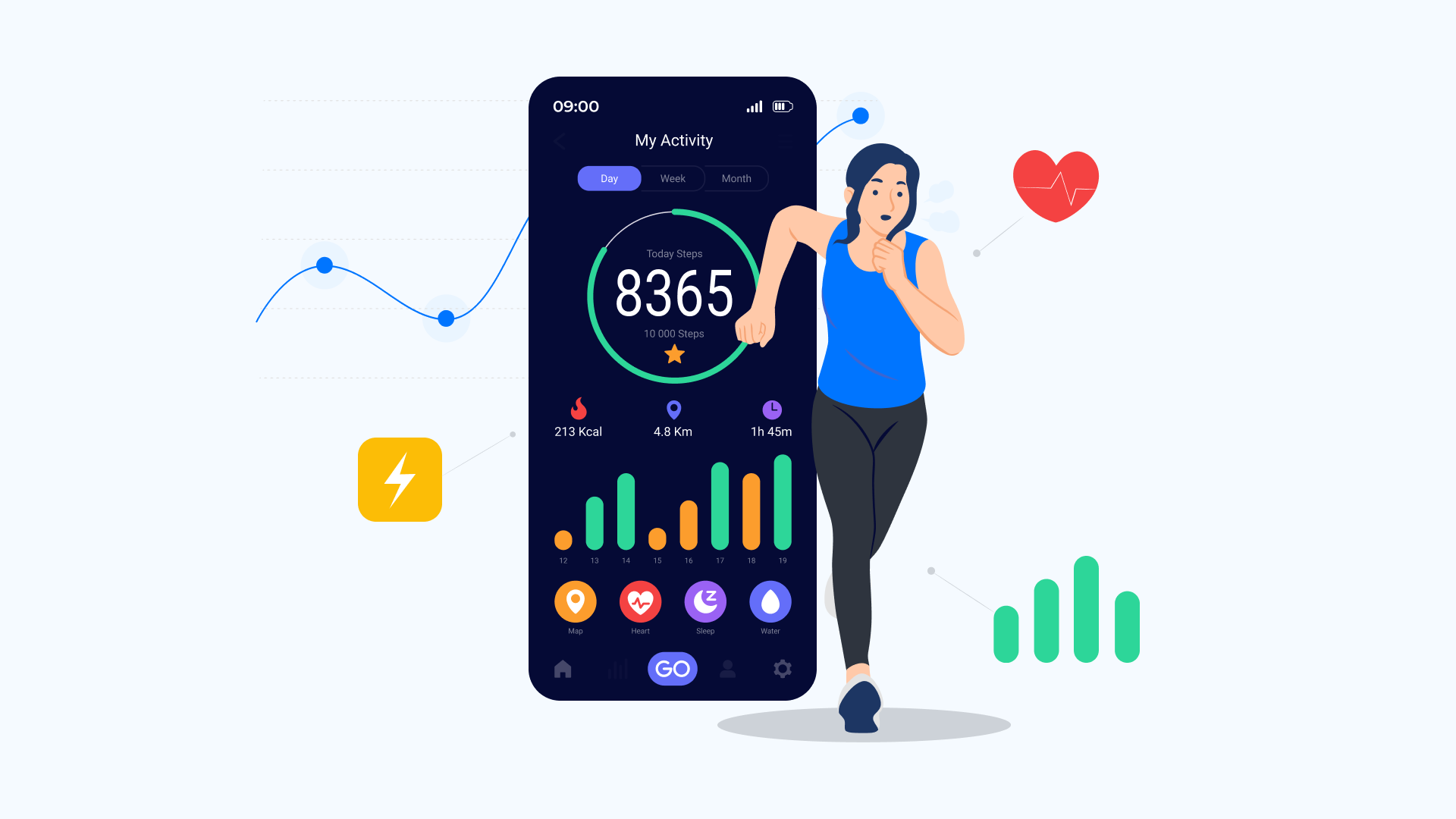The Fitness App Revolution: Redefining Personal Training
In recent years, fitness apps have emerged as a game-changing tool for health enthusiasts and beginners alike. Utilizing innovative technology, these apps provide users with tailored workout plans, nutrition advice, and progress tracking, making fitness more accessible than ever. With a variety of features ranging from guided workouts to virtual coaching, users can engage in their fitness journey at their convenience, whether at home or the gym. Fitness apps cater to diverse needs, from weight loss to strength training, helping users achieve their goals with personalized programs. In a world where technology dominates, fitness apps stand out as practical solutions to foster healthier lifestyles and build community engagement in the fitness realm.
Read More: https://www.marketresearchfutu....re.com/reports/fitne
Key Features of Fitness Apps
Fitness apps are packed with features designed to enhance user experience and effectiveness. Common functionalities include customizable workout plans, video demonstrations, and performance tracking, which help users develop their fitness routines based on personal preferences. Many apps integrate social components, allowing friends and communities to share their progress and motivate each other. Additionally, nutrition tracking features enable users to monitor their diet, logging meals and nutritional intake for a holistic approach to fitness. With wearable device integration, users can pair their fitness apps with smartwatches or heart rate monitors for real-time analytics, ensuring that every aspect of their health and fitness journey is accounted for and optimized.
Popular Fitness Apps in the Market
The fitness app landscape is diverse, with popular applications catering to various fitness levels and objectives. MyFitnessPal, for instance, is renowned for its comprehensive food and exercise diary, supporting users in tracking their dietary habits alongside workouts. Another favorite, Nike Training Club, offers on-demand worprofessionald to different abilities and goals, all led by professional trainers. For those interested in yoga, apps like Down Dog deliver custom yoga practices based on personal preferences and time availability. Meanwhile, Strava stands out in the running and cycling community by connecting users through shared routes and competitive challenges. This variety ensures that there’s an app suited for everyone’s fitness journey.
Benefits of Using Fitness Apps
Utilizing fitness apps can lead to numerous benefits that enhance health and wellness routines. One of the primary advantages is the convenience they offer; users can exercise whenever and wherever they prefer, without needing to adhere to gym hours. Furthermore, fitness apps promote accountability by allowing users to log their workouts and monitor progress over time, encouraging a consistent fitness regimen. Many apps also provide personalized workout recommendations and adapt to user feedback, ensuring a tailored experience that can evolve as fitness levels improve. By combining fitness and technology, users can streamline their efforts, adhere to their goals more effectively, and ultimately foster healthier lifestyles in a supportive digital environment.
Challenges and Considerations
While fitness apps provide various benefits, users should also be aware of potential challenges when using them. One significant consideration is the overwhelming abundance of options, making it challenging to choose the right app that suits individual needs and fitness levels. Furthermore, users may run the risk of relying too heavily on app feedback, resulting in missed personal intuition regarding health and well-being. Technical issues might arise as well, such as connectivity problems or inaccuracies in data tracking. Hence, users should approach fitness apps as complementary tools to their overall fitness strategy while also incorporating personal awareness and guidance from health professionals when necessary.


